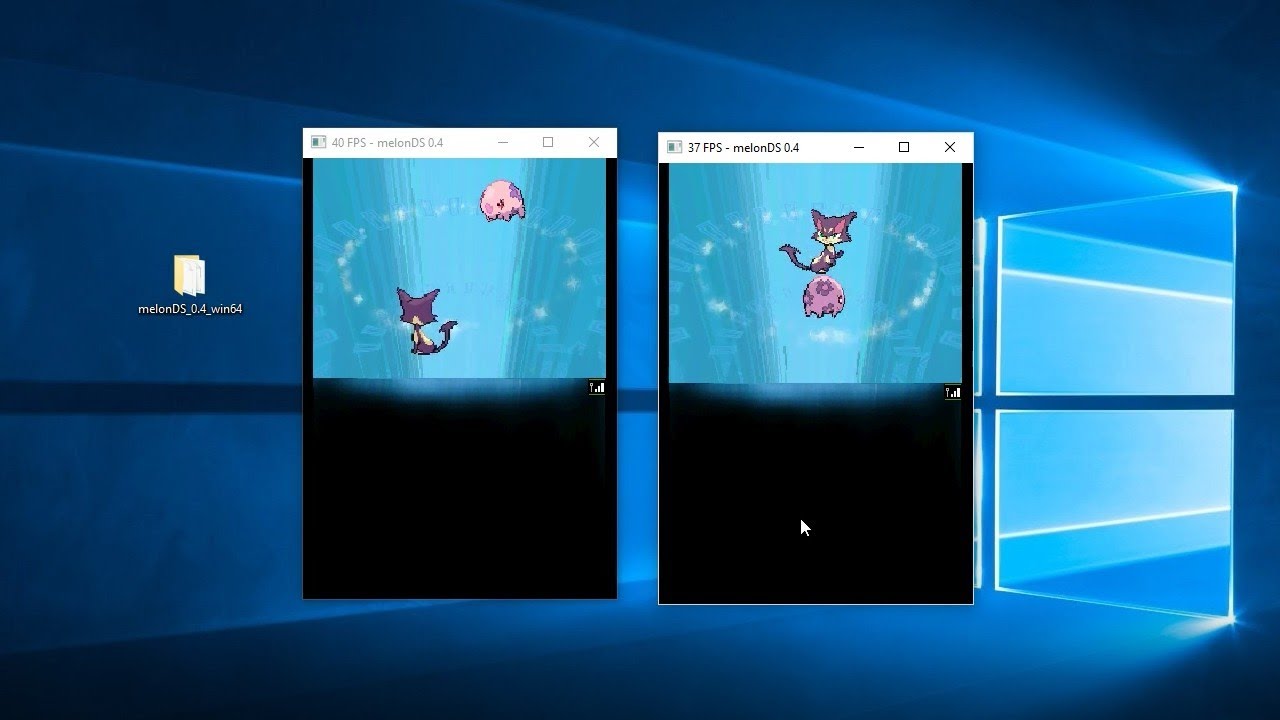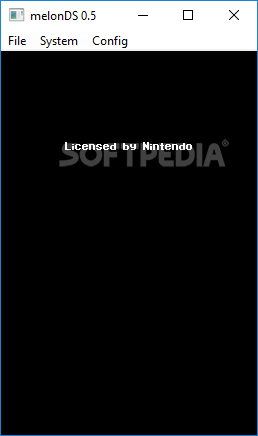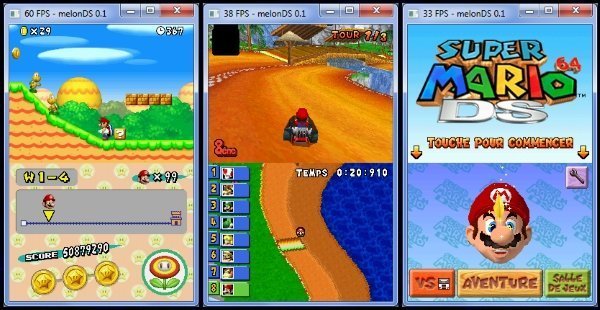Specifically I need DS: bios7.bin bios9.bin firmware.bin And for DSi I need: bios7.bin bios9.bin firmware.bin nand.bin (this one is very important Press J to jump to the feed. Press question mark to learn the rest of the keyboard shortcuts.

- SEGA Poorman's Sega 32x BIOS files. Download 2 files. Sega cd bin roms, Aug 01, 2015 also you. The Business 20 B2 Upper Intermediate Pdf Download. Bios biostar Bios7 Bin Bios9 Bin Download Full DOWNLOAD. 3 3 Premi Download otherapp per scaricare il file. Bin 2 Mb also without a.
- Bios7.bin Bios9.bin Firmware.bin Download. The Nintendo DS is a handheld video game console that was released by Nintendo in 2004. The DS stands for Dual Screen. The Emulation Realm is a rather large archive of emulators, plugins, frontends, rom managers, and more. Daily updates with reviews and easy navigation.


First of all, melonDS requires BIOS and firmware dumps from a DS or if you want to emulate the DSi, melonDS requires the BIOS, firmware and NAND image. We haven't gotten around to making alternate BIOS/firmware yet. So, you will need to obtain those:
DS Emulation
- bios9.bin - 4KB - ARM9 BIOS
- bios7.bin - 16KB - ARM7 BIOS
- firmware.bin - 128/256/512KB - firmware dump
You can then configure the BIOS and Firmware by going to Emu Settings -> DS-mode and then navigate to the paths of each file.
You can dump these files from a DS/DSi/3DS with this dumper by running it on a flashcart on a DS, (R4, Acekard, etc) or through nds-bootstrap or similar on a DSi/3DS.
The firmware can come in three flavors:
- DSi/3DS DS-mode firmware: 128KB
- regular DS firmware: 256KB
- iQue DS firmware: 512KB
DSi/3DS DS-mode firmwares are not bootable. They only contain configuration data.
DSi Emulation
As of melonDS 0.9, melonDS can also emulate the DSi. To get the DSi BIOS, firmware and NAND image, you need these files:
- DSi ARM9 BIOS: 64KB
- DSi ARM7 BIOS: 64KB
- DSi Firmware: 128KB
- DSi NAND image: ~240MB
To obtain the DSi BIOS and firmware, you can use this dumper and to dump the DSi NAND (must include the nocash footer), you can use dumpTool.
Once that is done, you can launch melonDS and set it up.
Emu settings
- Boot game directly: when loading a ROM, this will run the ROM directly instead of running the 'Nintendo DS' boot screen.Note that if your firmware comes from a DSi or 3DS, you should keep this enabled.
Input config
This is where you map keyboard and joystick input. To map a button, click it, then press the desired key or joystick button. You can press Escape to cancel the mapping process, leaving the previous mapping unchanged. Joystick mappings can also be cleared by pressing Backspace.
As of 0.8.1, it is possible to map keys with modifiers (Ctrl+Z, Shift+Q, Ctrl+Alt+K...). Key mappings can also be cleared by pressing Backspace, just like for joystick mappings. And joystick mappings can have both a button/hat direction and axis assigned; mapping one type will leave the other mapping type intact (for example mapping a button leaves the axis mapping intact). Pressing Backspace clears both mappings.
Hotkey config
This functions the same as input config, but pertains to hotkeys, which are like special buttons controlling the emulator's features (for example, fullscreen, closing the lid, playing a microphone sample, ...).
Video settings
Display settings
- 3D renderer: chooses which renderer to use to render the DS's 3D graphics. The software renderer is the most accurate, but also the most intensive on your CPU. The OpenGL renderer will use your GPU, making it potentially faster but also less accurate. The OpenGL renderer is also capable of rendering at higher internal resolutions, allowing for better quality of 3D graphics.
- OpenGL display: uses OpenGL instead of Qt to draw the DS screens to the window. This is forcefully enabled when using the OpenGL renderer as they work faster together.
Software renderer
- Threaded: runs the rasterizer on a separate thread for better performance on multicore CPUs. (in 0.7.3 and older this setting is found in the emulation settings dialog)
OpenGL renderer
- Internal resolution: the resolution at which the renderer will render graphics. Higher resolutions yield smoother graphics but may require more GPU power and may cause visual issues in certain games. Note that changing this setting only changes the internal resolution for 3D graphics and does not affect the window size.
Audio settings
Audio output
Nds Bios Bin
- Volume: sets the general volume for the emulated audio output.
Microphone input
- None: no microphone input.
- Microphone: uses input from the microphone connected to your PC, if any.
- White noise: feeds random noise as microphone input, which is enough for a lot of games. Controlled by the microphone hotkey.
- WAV file: feeds a small WAV file as microphone input. Controlled by the microphone hotkey.
Wifi settings
Local
- Bind socket to any address: enables local multiplayer over LAN. Toggling this may also help getting local multiplayer to work even on the same machine.
Online
- Direct mode: directly forwards network traffic to the host network by using libpcap.
- Network adapter: under direct mode, chooses which adapter to forward to.
Savestate settings

- Separate savefiles: when enabled, loading/saving states will redirect regular saves to a separate file, as to keep your original save file intact.
Display settings
- Screen size: sets the window size to an integer size (1x, 2x, 3x, 4x).
- Screen rotation: rotates the screens, to simulate holding your DS sideways.
- Mid-screen gap: the space between the screens.
- Screen layout: how the screens are laid out; Natural keeps them stacked like an actual DS, the other options keep them aligned horizontally or vertically regardless of rotation.
- Screen sizing: how the window space is distributed; you can choose to keep the screens at the same size or to emphasize one, keeping the other at native resolution. Auto tries to determine the ideal mode based on how the game configures the display.
- Screen filtering: when enlarging the screens, applies a bilinear filter.
- Limit framerate: limits the emulator's framerate, typically at 60FPS.
Nds Arm9 Bios Download
Once melonDS is set up to your liking, well, load a game and enjoy!